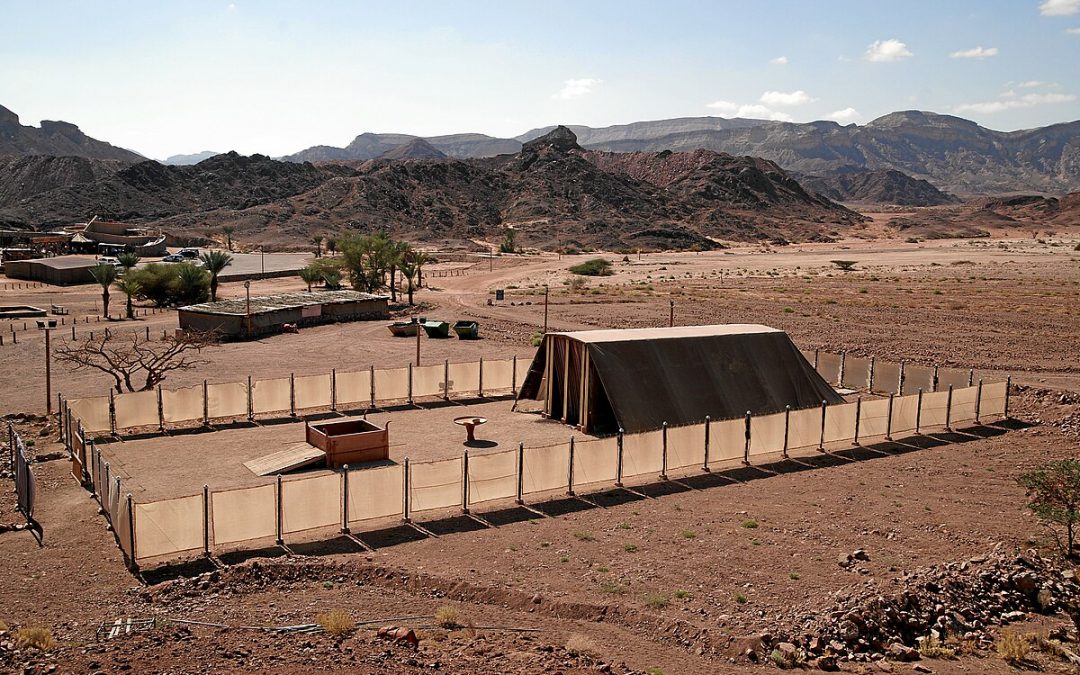We learn this week that after all of the instructions, and all of the work done to build the Tabernacle and its holy vessels, the Tabernacle was finally erected and put into service on the first day of Nissan in the year following the Exodus from Egypt.
The Medrash teaches us that for the previous seven days, Moshe put the Tabernacle up, and then took it down. The Divine Presence did not rest upon it, and no services or offerings were done in it. Moshe simply assembled and dissassembled the Tabernacle each of those seven days. This begs for an explanation: what was the purpose of Moshe doing this, simply erecting and taking down the Tabernacle? Everything was built to Hashem’s precise measurements, and the work was led by Betzalel ben Uri ben Hur. Everything fit, there was no further testing necessary. And if there had been some issue nonetheless, they could surely have solved it and moved on. There was clearly some greater purpose to repeatedly assembling and disassembling the Tabernacle than simply proving it could be done as needed during their travels through the desert.
The Rebbe Avrohom Mordechai of Ger said that this hinted to seven times the Tabernacle and Temple would be brought down in history. Moshe took down the Tabernacle and then put it up again, showing that taking it down was only temporary, and it was the building that was permanent. Every time it was taken down, it was put back up. The destruction of the Temple merely tells us that it will one day soon be built again.
The Rebbe followed up on this thought by saying that this is not only true of the Tabernacle and Temple, but in each of us as well. In Proverbs it says (24:16) that “the righteous fall seven times, and get back up.” If a person falls, if he sins, how is he a righteous person? The difference, we learn, is that the righteous person gets back up. Each of us has the opportunity, like the Temple, to lift ourselves back up onto a better path.
Photo credit: Tabernacle model at Timna Park by M. Boesch with CC BY-SA 4.0 license on Wikimedia.




